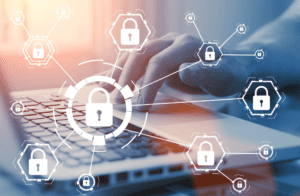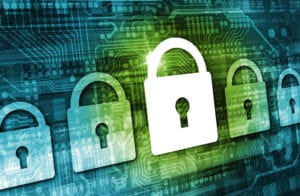There are many types of malicious email and they come in many guises. Regular email users are getting better at spotting suspicious emails as they come in, but we all still get caught out sometimes. So what can you do to improve your chances of stopping a malicious email from wreaking damage? First off, let’s have a look at the types of malicious email that you may come across…
Types of malicious email
- Phishing – “The fraudulent practice of sending emails purporting to be from reputable companies in order to induce individuals to reveal personal information, such as passwords and credit card numbers, online.” Google definition.
- Ransomware – “Is a type of malicious software designed to block access to a computer system until a sum of money is paid.” Google definition.
- Virus – “Is a piece of code which is capable of copying itself and typically has a detrimental effect, such as corrupting the system or destroying data.” Google definition.
- Hijacking your machine – “Browser hijacking is a type of online fraud. Scammers use malicious software (malware) to take control of your computer’s Internet browser and change how and what it displays when you’re surfing the web.” norton.com.
- Trojans – “A Trojan horse or Trojan is a type of malware that is often disguised as legitimate software. Trojans can be employed by cyber-thieves and hackers trying to gain access to users’ systems. Users are typically tricked by some form of social engineering into loading and executing Trojans on their systems.” usa.kaspersky.com.
What should I do if I receive a suspicious mail?
- FIRST THINGS FIRST – Don’t open it! But if you do, by mistake…
- SECOND THINGS SECOND – Don’t respond to it!
- Do not open any attachments – you may well be opening anything from a virus, to ransomware, to a nasty Trojan. If you don’t know the sender, and you haven’t requested information that would be contained in an attachment, the best thing is to delete the email… full stop. If it’s important, your contact can resend it.
- Do not be tempted to click on any links. You may feel aggrieved that you’re receiving unsolicited mail, but you’ll potentially be opening yourself up to a whole lot more if you do click a link. Here are some more tips…
Be particularly vigilant about:

“Unsubscribe” links
“Remove me from your list…” links
“Report a complaint” links
“Log in here” links
“Enter your password/username here” links
-
- Put your mouse over links to see the real address appear before clicking
- Check URLs in links for misspellings and typos – scammers often use these
- Do not enable your email client to download images unless you’re sure. Often messages can be secretly transmitted to scammers and spammers when you do this. This will tell them that your email address is active, and that won’t be the last you hear from them.
- Do not trust the sender information you see, including what appears to be the sending email address. Such details can be faked very easily.
- Do not trust offers that seem too good to be true – wake and smell the coffee… THEY ARE!
- Never enter information (particularly personal information) into pop up boxes unless you’re absolutely sure the pop ups are legitimate; therein lies the path to ransomware and virus attacks. And remember, to close a pop up only ever click the ‘X’ in the top right hand corner. Other ‘cancel’ style links and graphics in the window may be fake and take you elsewhere with malicious intent.
- Never be tempted to forward chain emails – besides it being annoying to many recipients, it’s actually a method used by spammers to ‘harvest’ legitimate email addresses.
- Regularly update your anti-virus software
So that’s a good set of things to remember to start with. But remember, if you do find you’ve clicked when you shouldn’t have clicked… the best solution then is to call Datasense. And we promise not to say we told you so…!

